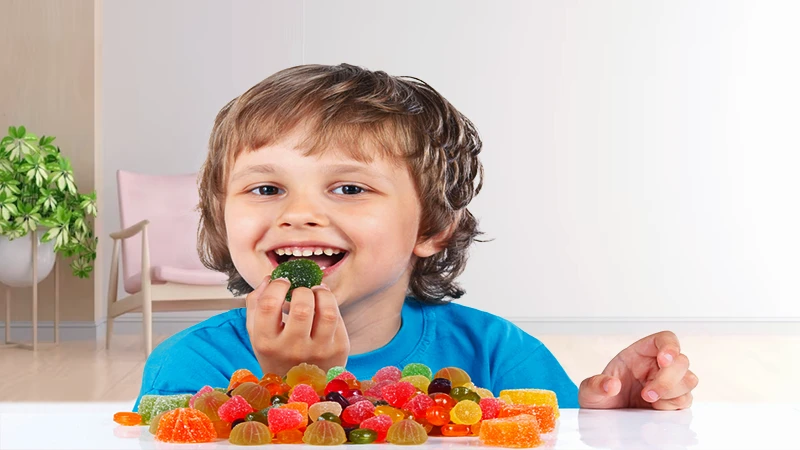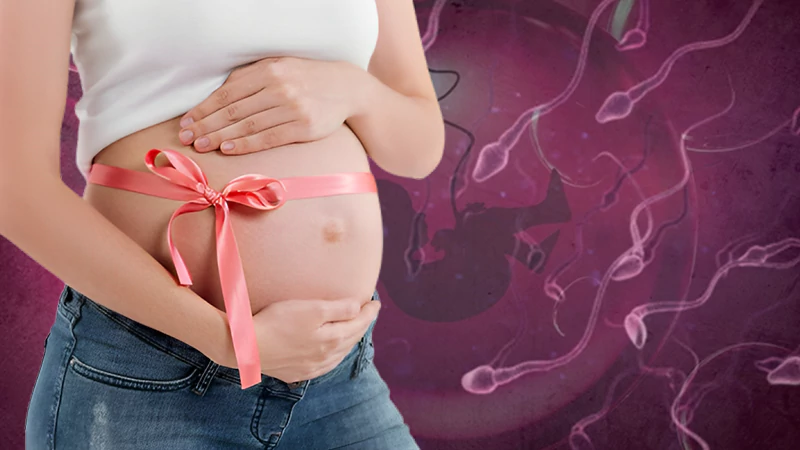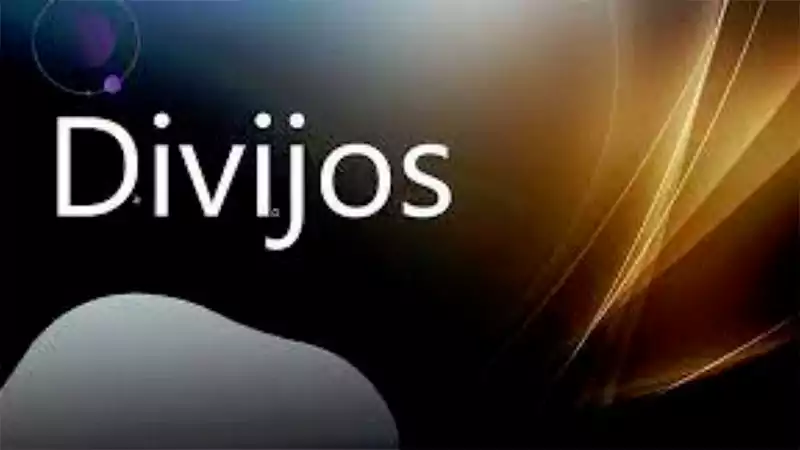Understanding FD&C Colors: The Good, the Bad, and the Controversial

FD&C Colors: The Science, Safety, and Controversy
FD&C’s colors are well-known food dyes or a type of synthetic food coloring. These are used to add to food, drugs, and cosmetics. These synthetic colors are regulated by the Food and Drug Administration (FDA) in the United States.
They remain in controversy because of their potential health risks. You will be shocked to hear this, in the US, every kid drinks 2,000 gallons of these colorfully named dyes. For deeper insights, a child consumed these synthetic dyes somewhere between 100 mg to 200 mg a day.
However, did you know the science behind it? Well… these dyes are based on the principles of color chemistry and are widely used by various industries to produce appealing yet eye-catching products.
The Science of FD&C Colors
The creation of FD&C colors involves the process of synthesizing organic compounds. They are typically made from petroleum-based chemicals which are synthetically produced in laboratories. The process of creating FD&C colors involves the synthesis process of mixing different chemicals together to create the desired shade. FDA regulates the usage of food products to assure that they are safe for consumption.
They are bright and consistent shades. The chemical composition of each of them determines its hues, saturation, and brightness. Their ability to be easily reproduced makes them popular in the food industry. They can go with a wide variety of eatables like beverages, candy, baked goods, and processed foods.
The Safety of FD&C Colors
Safety has been a major concern since they existed. Some studies addressed that they may have harmful effects on human health. The major concern was it’s possible to induce hyperactivity in children who are already prone to such a condition.
Moreover, they would be allergic reactions and other health issues. For instance, FD&C Yellow No. 5 has been associated with allergic reactions, FD&C Red No. 40 is linked to hyperactivity in children, Yellow 5, may increase the risk of cancer in animals, etc. The allergic reaction to these dyes ranges from mild symptoms such as itching and hives to more extreme reactions such as anaphylaxis.
Although, FDA concluded that the usage of these is safe for consumption only when used in a decent amount. Furthermore, FDA set limits for its usage in products and suggested that these tints should be listed on product labels. Later, a few of the companies from the food industry refused its usage in response to consumer concerns about their safety.
Controversy Surrounding FD&C Colors
Despite the fact that they are approved by FDA, still some studies suggested, they can cause hyperactivity in children. This vulnerability led parents and other consumer advocacy groups to demand a prohibition on the use of these colors in food products. Furthermore, another concern arises is the risk of cancer. The argument continued that the main among them is that they are made from petroleum-based chemicals.
To your knowledge, such products are not natural and may show negative environmental impacts. While some critics also argued about its usage and stated it is unnecessary. They believed that natural alternatives should be utilized instead. Those natural colors can be obtained from fruits, vegetables, and spices and are generally considered to be safer and healthier.
Alternatives to FD&C Colors
To shift from FD&C dyes, a growing need for natural and organic food products is witnessed. And, for that, natural colors remain the only alternative. The era of growing demand for natural and organic food products emerged.
Natural dyes are generally safer and healthier than synthetic ones like FD&C hues. Simply, because they are not chemically treated and are derived from sources like fruits, vegetables, and spices. Even, beetroot juice can be utilized as a natural red pigment, and turmeric can be your natural yellow hue.
The other alternative in the list we have for you is a caramel shade. Usually made by heating sugar until it turned brown and remains in caramelized state. This is used as a colorant in food and beverages.
Lastly, while talking about its affordability. They are often more expensive than FD&C hues but are safer yet organic.
Conclusion
Defensively, FD&C pigments do provide bright and consistent shades. Despite the fact, that they are synthetic food dyes, they have been widely used in the food industry over the years now. Its production included various chemicals and solvents, which are mixed in certain proportions to get the desired shade. The manufacturers have the ability to reproduce those shades hassle-free and typically carried out by specialized experts.
Besides, they are still surrounded by a number of controversies regarding their safety and health effects. FDA summarizes they are safe if consumed in decent proportions. Later on, the production of natural dyes saves the human life.
Some studies have claimed that FD&C colors are mixed with ingredients such as synthetic chemicals that are linked to health issues and environmental impact. While FDA stated that their colors are safe for consumption.






